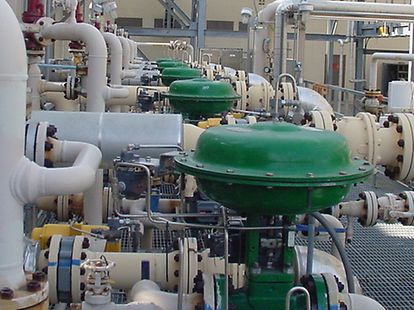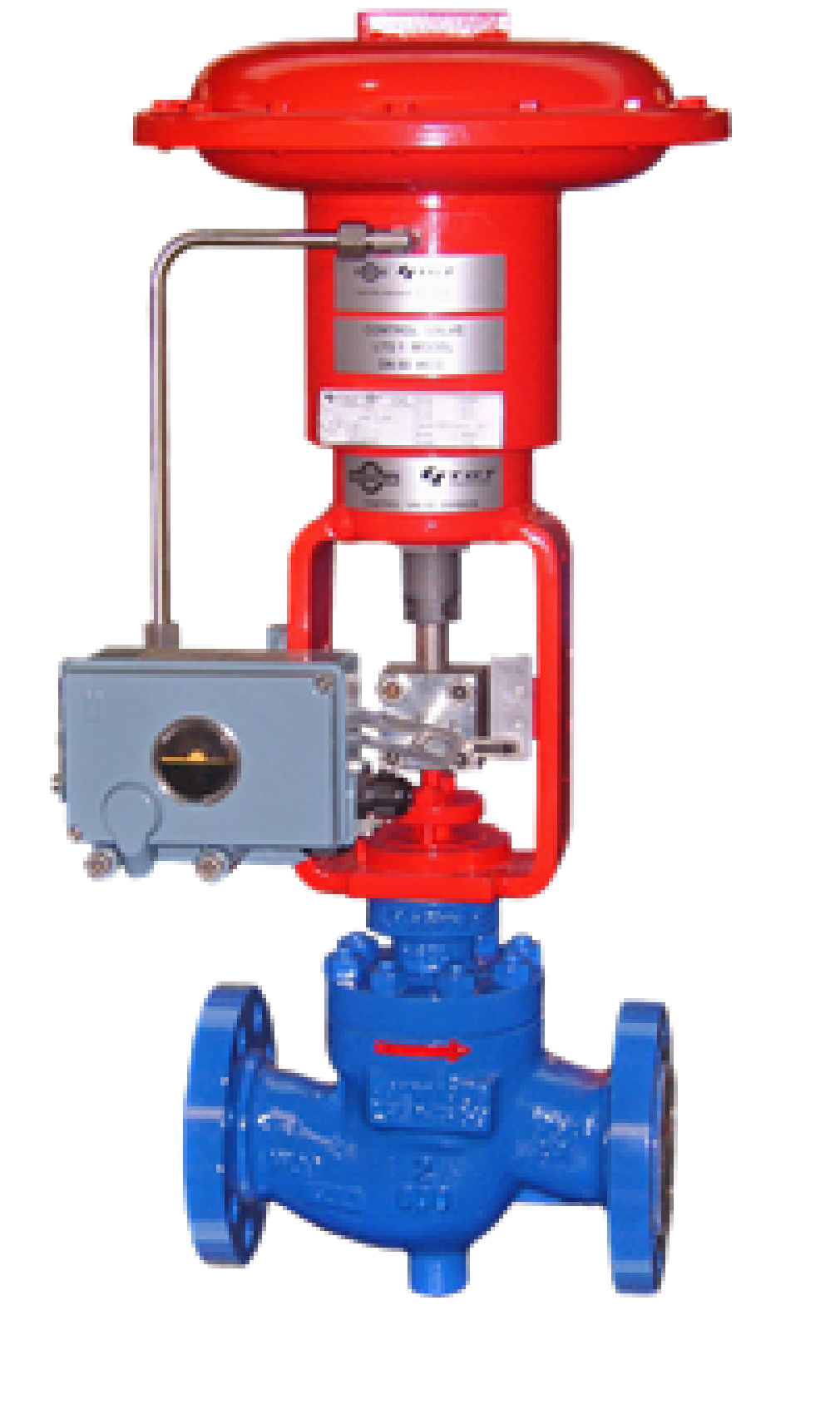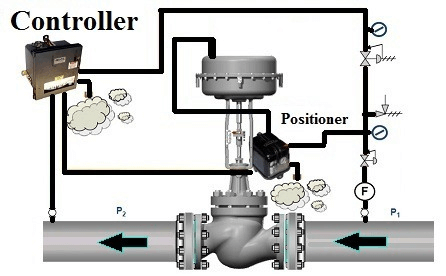Optimizing System Control with High-Performance Control Valves
Optimizing System Control with High-Performance Control Valves
Blog Article
Achieve Seamless Integration and Control With Quality Building Automation Controls
In the realm of contemporary structure management, the relevance of top quality building automation controls can not be overemphasized. Embracing high quality structure automation controls is not merely an issue of comfort but a calculated essential for companies intending to enhance their facilities' performance and sustainability.

Development of Building Automation Controls
Throughout the previous few years, the development of building automation controls has actually considerably changed the way structures are handled and run. Building automation systems mainly concentrated on basic functions such as controlling air, ventilation, and home heating conditioning (HVAC) systems. However, as technology progressed, these controls have actually ended up being more advanced, permitting a broader series of structure systems to be incorporated and managed centrally.
The development of building automation controls has actually seen a change in the direction of even more smart systems that can adjust to changing conditions in real-time. This adaptability is crucial for maximizing energy performance and ensuring resident comfort. In addition, contemporary structure automation controls currently use attributes such as anticipating maintenance, remote monitoring, and data analytics, allowing facility managers to make data-driven decisions to enhance structure performance.

Benefits of Top Quality Integration
The development in structure automation regulates towards even more intelligent systems has actually emphasized the significant benefits of quality combination in maximizing structure procedures and enhancing general performance. This centralized control likewise provides much better exposure and insights into structure performance, enabling proactive upkeep and optimization techniques. Overall, the benefits of top quality combination in building automation controls are indisputable, providing enhanced performance, convenience, and functional effectiveness.
Boosted User Experience and Accessibility
Enhancing individual communication with building automation manages with user-friendly style and improved ease of access elevates the overall experience for residents and facility managers alike. By concentrating on customer experience, building automation systems can become extra reliable and easy to use. User-friendly user interfaces, clear navigating, and adjustable settings encourage individuals to communicate with the controls easily and effectively.
Accessibility attributes play a crucial duty in making sure that all people, consisting of those with handicaps, can use the building automation manages easily. Including functions such as voice commands, tactile switches, and color-contrasted screens can improve ease of access and make the controls extra comprehensive.
Furthermore, improved customer experience causes higher user complete satisfaction, enhanced efficiency, and better decision-making. Residents can change ecological setups according to their choices, while facility managers can successfully take care of and keep an eye on building systems - control valves. Generally, focusing on individual experience and availability in building automation regulates adds to an extra efficient and seamless structure atmosphere for all stakeholders involved
Sustainable Practices Through Automation

Additionally, automation can help with the integration of renewable energy sources such as solar panels or wind turbines right into building procedures. With automation, structures can align with modern sustainability goals and add to a greener future.
Future Trends in Structure Control Equipment
One prominent pattern forming the future of building control systems is the raised assimilation of Artificial Intelligence (AI) and maker discovering. Additionally, the Web of Things (IoT) is transforming building control systems by attaching sensing units and gadgets to boost and simplify operations efficiency.
An additional key pattern is the emphasis on cybersecurity steps to safeguard versus potential threats to building automation systems. As structures come to be a lot more interconnected, making certain durable cybersecurity methods will be necessary to protect delicate data and avoid unauthorized access.
Additionally, the change in the direction of cloud-based platforms is acquiring momentum, enabling for systematized control and remote accessibility to building systems. This helps with less complicated tracking, upkeep, and updates, enhancing the general performance and versatility of building control systems. As modern technology proceeds to breakthrough, these fads are expected to shape the future landscape of building automation controls, driving development and sustainability in the constructed setting.
Conclusion
Future fads in structure control systems are most likely to concentrate on more enhancing automation capacities for improved power effectiveness and total performance. It is important for structure owners and operators to focus on the adoption of top quality structure automation controls to optimize structure procedures and accomplish lasting sustainability objectives.
In the realm of modern building monitoring, the value of high quality structure automation controls can not be overstated. Overall, the advancement of building automation controls proceeds to drive development in the structure monitoring market, providing new possibilities for developing smarter and much more sustainable structures.
The improvement in building automation regulates towards even more intelligent systems has actually underscored the considerable my response advantages of high read more quality integration in maximizing structure procedures and improving general effectiveness. Generally, focusing on individual experience and availability in structure automation manages contributes to a more smooth and efficient building setting for all stakeholders involved.
It is essential for structure owners and drivers to focus on the fostering of high quality building automation manages to maximize structure procedures and accomplish long-term sustainability goals. - control valves
Report this page